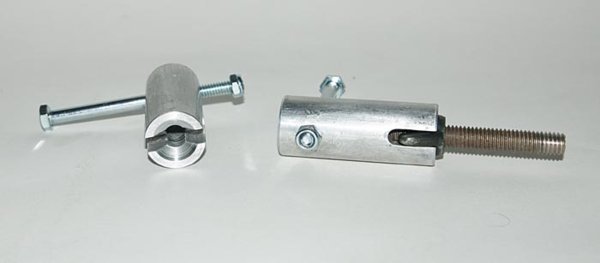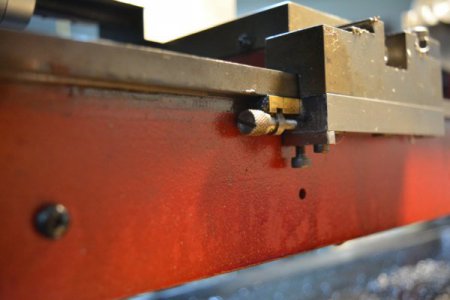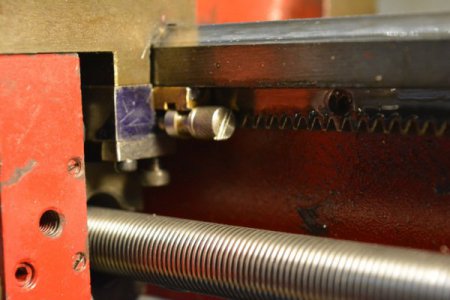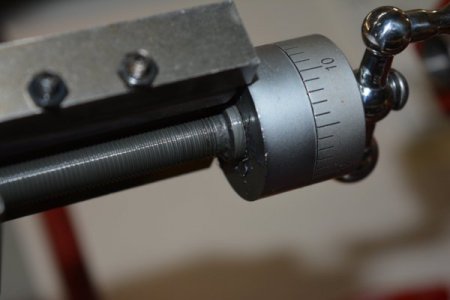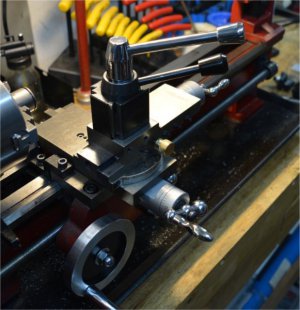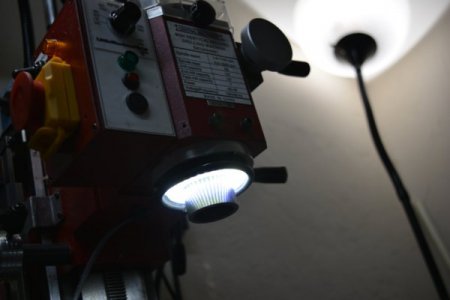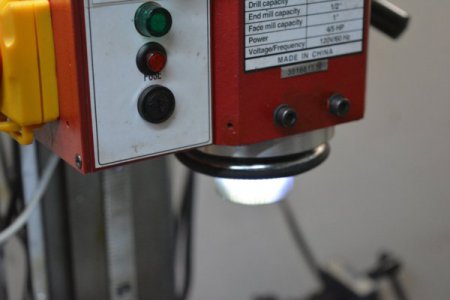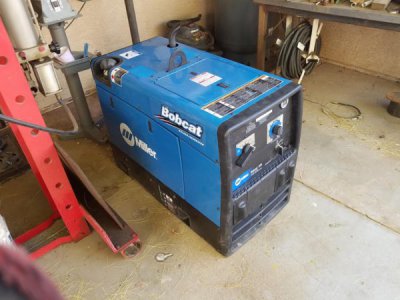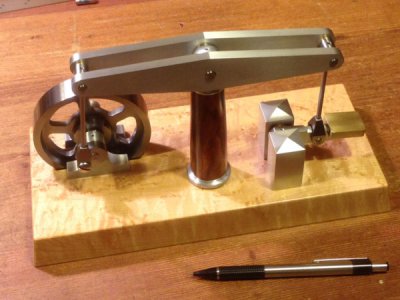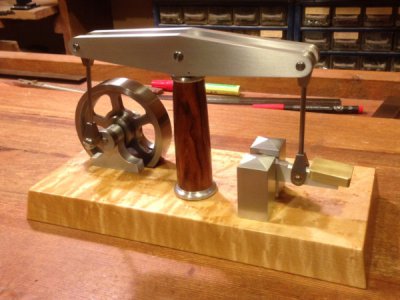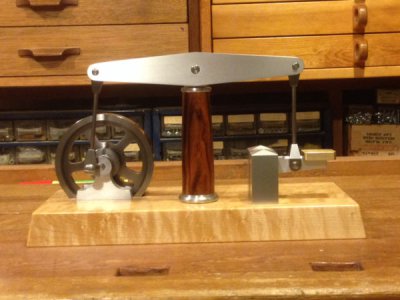I have avoided using wing nuts in my jigs due to the hassle of unscrewing them. It seems "Murphy" always manages to get these stuck when the time comes to unscrew the wing nut. I use a pair of pliers, but this tool is not easy to use for this purpose.
I was reading a 2007 Machinist magazine and saw this home made wrench. The article had the one end machined to 3/8in dia for use in a cordless drill. I did not feel I needed a cordless drill, just the leverage of a bolt through the wrench.
I made this on my metal lathe and milling machine, but it could be made with a drill press, hacksaw and file.
A piece of 1in dia aluminium. I designed this for a max bolt diameter of 3/8in. I drilled a 3/8in hole for the bolt 1 3/4in deep. Can be as deep or shallow as you prefer. Two slots were milled 1/4in wide by 3/4in long. The length is also up to your preference, but the 1/4in width is needed for the 3/8in wing nut.
I machined the end at 45 deg on the metal lathe. You could easily use a 45 deg countersink bit.
I am using a 1/4in bolt for the leverage with a locknut on one end.
I made two for local woodworking friends. One is shown with an example wing nut to show how this fits.
I actually needed to use this a few days ago. It was as easy and fast to use as I desired. A quick loosen with the wrench then spun the nut off with my finger.
